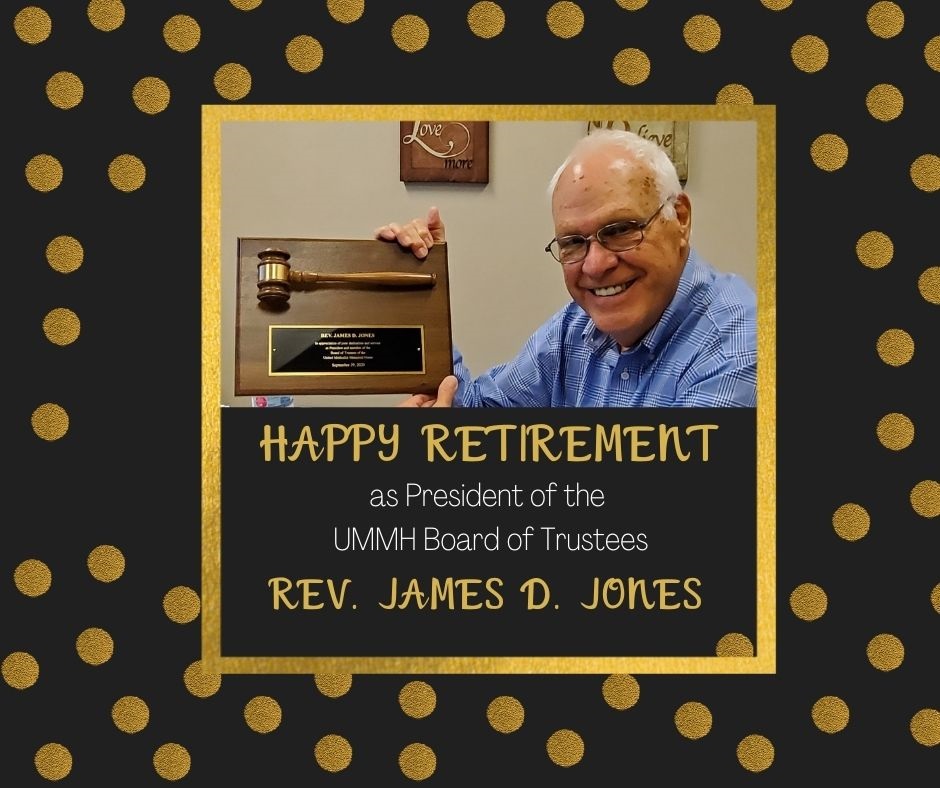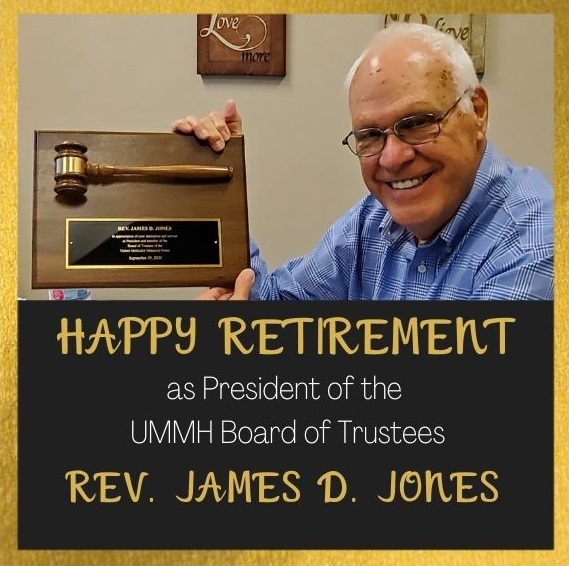
A cozy kitchen hutch holding placemats, silverware, and plates decorates the dining room at Heritage Pointe of Warren. There, such displays of familiar items help spur activity, engagement and cherished recollections for memory care residents of the senior living community in Warren, Indiana.
The displays, called memory stations, were made thanks to the efforts of some independent living residents at the community who volunteered their carpentry skills to build them.
“All of us know it could be any one of us to have memory challenges, so we were glad to contribute and help,” says resident Mike Reynolds, who, along with others, used his carpentry skills to replace glass shelves in the kitchen hutch with wood ones so it would be safer for memory care residents to use.
The memory stations—eight in place with eight more planned—are exhibits with usable items that highlight different commonplace activities, hobbies or occupations that memory care residents might recall such as gardening, farming, doing mechanical tasks, teaching or serving in the military.
A kitchen hutch, for instance, spurs residents to recall setting a table for dinner. With the memory station, the residents can use the plates and silverware to set a table if they wish, according to Diane Johnson, activities supervisor for memory care.
“These are things they are familiar with,” she says. The goal is to trigger memories for them, so they engage in activities that are meaningful to them.
“It sparks reminiscences,” she says. “For a homemaker it would be a muscle memory to set a table or to hang laundry on a line.”
The community has items, such as a rotary phone, that residents would know and remember.
“We find vintage things that would be from their era,” she says.
Anyone—in memory care or not— is more fulfilled when they have an activity that provides them with a sense of purpose, she says. “The busier they are, the more content they are.”
The stations may be full-size, such as the kitchen hutch, or smaller, such as shadow boxes containing familiar items that the independent living residents also helped to build.
When the call for carpenters went out to build some of the items in the memory station, Reynolds, along with seven other volunteers, was happy to help.
Just as those in memory care do, he appreciates having a purpose.
“It’s fulfilling to be a craftsman on a certain level and to do things for other people,” he says.
Before living at Heritage Pointe, Reynolds had done carpentry occasionally.
“I had a saw, but to use it, I had to move my car out of the garage and plug it in,” he says.
Heritage Pointe, which has a woodworking space on site, has enabled him to do carpentry work more conveniently and to increase his skills.
“It has a lot more variety of equipment, and I can walk right in and use it,” he says. “It’s nice to have this set-up.”
Reynold’s wife, Sherri, helped prime and paint the shadow boxes.
In addition to spurring memories for residents, Johnson says the memory stations help create a home-like atmosphere at Heritage Pointe.
“Studies have shown you that you don’t want an institutional look,” she says. “You want a community to look and feel like a home.”
Johnson says the residents’ reactions to the memory stations have been positive. She notes that one resident visiting the garden display plucked a flower and put it on her wheelchair.
“The garden station is popular,” she says.



